
Public Speaking AI Tool: A Game-Changer for Beginners and Advanced Speakers
Sep 29, 2023 | Public Speaking
Hello, dear readers! Whether stepping onto the stage for the first time or a seasoned speaker looking to up your game, you’re in for a treat. With the advancement of technology, public speaking has taken a digital leap, thanks to the emergence of Public Speaking AI Tools.
These AI tools promise to make our speaking experiences smoother and make us better communicators. Let’s dive into the world of AI for public speaking and uncover how it can benefit beginners and advanced speakers alike.

For The Newbies: Let AI Be Your Confidence Booster
If you’re starting, the very thought of public speaking can be nerve-wracking. Worry not because AI tools have come to your rescue.
1. Feedback on Delivery: AI can analyze your speech delivery by listening to your tone, pitch, and pacing. So, if you’re speaking too fast due to nerves or your voice trembles, the AI tool can provide feedback and even offer exercises to overcome these issues.
2. Enhanced Script Writing: Does your speech sound professional or engaging? Public Speaking AI Tools can review your script and suggest improvements, ensuring your content resonates with the audience.
3. Practice Makes Perfect: Some AI tools offer virtual audiences so that you can practice in a simulated environment. This gives you a feel of the actual scenario and helps you become accustomed to speaking in front of a crowd.
4. Reading Your Audience: One of the most daunting parts of public speaking for novices is understanding the audience’s reactions. With AI, real-time sentiment analysis can gauge your listeners’ mood and engagement levels. By accessing this data, new speakers can adjust their approach, tailor the talk to the audience’s preferences, and ensure the message is being received positively.

5. Eliminating Filler Words: “Um,” “ah,” “you know”—filler words often sneak into our speeches, especially when we’re nervous or thinking on the fly. AI tools can recognize and highlight these unnecessary fillers, training beginners to communicate more clearly and confidently. Over time, with consistent feedback from AI, you’ll find these fillers diminishing, paving the way for fluent and impactful delivery.
6. Post-Speech Analysis: After your talk, AI doesn’t just stop assisting. Some AI tools offer post-speech analytics, breaking your performance into segments and providing actionable insights.
This can be a treasure trove for beginners, allowing them to understand which parts of their speech were impactful and which needed more work. By focusing on these areas, continuous improvement becomes a structured process.
Pro Tip
7. Visual Aids and Presentation Skills: A significant part of modern public speaking involves using visual aids like slideshows. AI tools can now analyze your slides and suggest enhancements, ensuring they are visually appealing and in sync with your verbal content. Furthermore, some AI tools equipped with video analysis provide feedback on body language for those uncertain about stage presence, helping novices use gestures effectively and project confidence on stage.
8. Overcoming Stage Fright: Let’s face it; stage fright is real and can be debilitating. AI tools incorporate calming exercises, guided visualizations, and breathing techniques to help beginners overcome anxiety. By recognizing stress patterns in a speaker’s voice or behavior, AI can prompt them to take a moment, breathe deeply, and regain their composure, ensuring a more confident and stable presentation.
Incorporating these AI-driven practices can bridge the gap between novice jitters and seasoned confidence. The future of public speaking training is intertwined with technology, ensuring that every new speaker gets the best foot forward from the get-go.
Advanced Speakers: Refining the Art

For those already proficient in public speaking, these AI tools can be used to refine and hone your skills.
1. Advanced Feedback: For experienced speakers, it’s often the subtleties that matter. Using video analysis, AI can provide feedback on intricate details like voice modulation, filler word usage, and even body language.
2. Content Refinement: Have a pivotal keynote coming up? The AI can analyze your script against vast databases, ensuring originality, relevancy, and the utmost impact.
3. Audience Analysis: By integrating real-time feedback and sentiment analysis, some advanced AI tools can gauge audience reactions during a speech, letting the speaker adjust on the fly.
4. Tapping into Storytelling: While many experienced speakers have mastered conveying information, weaving that information into a compelling narrative can be the distinguishing factor. AI tools can help speakers structure their content into a story format, highlighting elements like conflict, climax, and resolution. By analyzing the emotional arc of a speech, AI can suggest where to add anecdotes, pause for emphasis, or create dramatic reveals, making the lesson more memorable and engaging.
Action Item
5. Deep Dive into Data: AI tools can be invaluable for speakers who rely heavily on data and statistics. They can provide fact-checking in real-time, ensuring accuracy, and suggest visually appealing ways to present complex data, making it digestible and relatable to the audience.
6. Perfecting the Art of Pauses: One of the most underrated skills in public speaking is the use of pauses. AI can analyze the duration and placement of your delays, suggesting where you might give your audience a moment to reflect or anticipate a crucial point. Mastering this can amplify the impact of your words, creating a rhythmic and persuasive speech flow.
7. Personalizing Speeches: Advanced speakers often address varied audiences, from corporate executives to college students. AI tools can scan your content and suggest modifications to resonate with a specific demographic. This ensures that each speech is tailor-made for its audience, increasing relatability and engagement.
8. Continuous Learning and Growth: The world of communication is ever-evolving, with new techniques, strategies, and trends emerging regularly. AI tools can help seasoned speakers stay updated by analyzing recent successful speeches from around the world, highlighting evolving patterns, and suggesting potential areas for adaptation or innovation in their lessons.
In essence, while experienced speakers possess a solid foundation, integrating AI tools offers avenues for precision, personalization, and innovation, ensuring that their speeches remain top-tier and consistently impactful. The beauty of public speaking lies in its perpetual scope for improvement, and with AI, the ceiling just got higher.
Additional Perks for Everyone

1. Overcoming Language Barriers: One of the groundbreaking features of some public speaking AI tools is real-time translation. The AI tool can provide subtitles or a translated voice-over if you’re talking to a diverse audience.
2. Access to Renowned Speeches: Have you ever wondered how your speech compares to Martin Luther King Jr.’s “I Have a Dream” or Steve Jobs’ Stanford commencement address? Some AI tools offer comparison metrics, giving insights into what makes a speech timeless.
3. Interactive Q&A: With integrated AI, public speaking platforms can facilitate a more interactive Q&A session. The AI tool can sort questions based on relevancy, ensuring that the most pressing queries from the audience get addressed.
4. Harnessing Voice Modulation Techniques: While content is undoubtedly king, how you say something can be as impactful as what you say. Some AI tools can dissect the nuances of renowned speakers’ voice modulation techniques, suggesting how one might adjust their tone, pitch, or volume to make their delivery more dynamic and engaging. By learning from the best, speakers can add a layer of polish to their presentation style.

5. Personalized Feedback and Growth Tracking: Many AI platforms now integrate progress trackers that assess your performance over time. Not only can they provide feedback after every speech, but they also help identify long-term patterns, strengths, and areas of improvement. This holistic approach ensures speakers can see their growth journey, adding an element of motivation and clarity to their learning process.
6. Adapting to Various Presentation Formats: Whether it’s a TED Talk, a webinar, or a business pitch, different platforms demand different speaking styles. AI tools can analyze the specific requirements of these formats and guide speakers to make the necessary adjustments in their presentation. This ensures versatility and aptitude across diverse speaking scenarios.
Pro Tip
7. Engaging with Digital Enhancements: In an era where digital elements often accompany presentations, AI can suggest interactive multimedia components, like polls, videos, or animations, to make a speech more engaging. Integrating these elements can elevate the audience’s experience, making the talk more memorable.
8. Environment Simulation: Sometimes, the setting can be as daunting as the speech. For those looking to practice, AI tools can simulate different environments, from a cozy room for a podcast recording to a vast auditorium filled with thousands. Practicing these virtual settings can mentally prepare a speaker for various scenarios, reducing anxiety and building confidence.
In conclusion, public speaking is vast and varied, but with the advent of AI tools, speakers at all levels have a treasure trove of resources at their fingertips. These additional perks enhance the quality of presentations and ensure that public speaking is a continuously evolving and enriching journey for everyone involved.
Getting Started with Public Speaking AI Tools

With many AI tools available in the market, how do you pick the right one? Here are a few things to consider:
1. Purpose: Are you looking for essential feedback or a comprehensive analysis? Select an AI tool that is in harmony with your needs.
2. Budget: While some AI tools offer free basic versions, more advanced features might come at a cost. Set a budget and find an AI tool that provides the best value.
3. Ease of Use: Especially for beginners, a user-friendly interface can make all the difference. Opt for AI tools that have good user reviews regarding their interface.
4. Platform Compatibility: In today’s multi-device world, you can access your public speaking AI tool from various devices, like your desktop, laptop, tablet, or smartphone. Ensure your AI tool is compatible with your preferred devices and operating systems. Some AI tools offer cloud-based services, allowing you to practice and receive feedback from anywhere.
Pro Tip
5. Customization and Scalability: Every speaker has unique needs, and the right AI tool should be flexible enough to cater to them. Check if the AI tool allows for customization regarding feedback intensity, areas of focus, or specific skill sets. Moreover, your requirements might change as you evolve in your public speaking journey. The AI tool should be scalable, offering advanced modules or integrations as you progress.
6. Community and Support: Public speaking isn’t just about solo practice. Many AI tools have integrated communities where users can share their speeches, gather peer reviews, and participate in challenges. Such platforms can be invaluable for holistic growth. Moreover, consider the quality of customer support the AI tool’s company provides, ensuring you can get assistance whenever needed.

7. Integration Capabilities: For those who use multiple apps and platforms in their preparation — like scriptwriting software, video recording AI tools, or presentation platforms — it’s a bonus if the public speaking AI tool can seamlessly integrate with these services. This ensures a smooth workflow, eliminating the hassle of constantly switching between apps.
8. Continuous Updates and Improvements: AI and tech platforms evolve rapidly. When selecting an AI tool, look into how frequently the company updates. Opt for platforms committed to regular improvements and feature additions, ensuring you always have access to the latest advancements in the field.
9. Trial Periods and Money-Back Guarantees: Finally, given the investment of time and potentially money, it’s a wise idea to test the waters before fully committing. Many reputable AI tools offer trial periods or money-back guarantees. This lets you explore the AI tool’s features and gauge its efficacy firsthand, ensuring you make an informed decision.
Embarking on mastering public speaking with AI tools is an exciting venture. While the market is inundated with options, a thoughtful evaluation based on the criteria mentioned can help streamline the selection process, ensuring you pick an AI tool ideally attuned to your aspirations and needs.
In Conclusion

Public Speaking AI Tools are a fleeting trend and a groundbreaking innovation here to stay. For beginners, it’s a beacon of confidence and guidance. For advanced speakers, it’s a means to achieve unparalleled excellence.
In this digital age, blending the age-old art of oratory with technology can make one an unforgettable speaker. So, take the leap, harness the power of AI, and let your words resonate like never before!














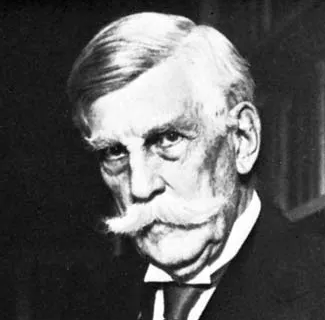






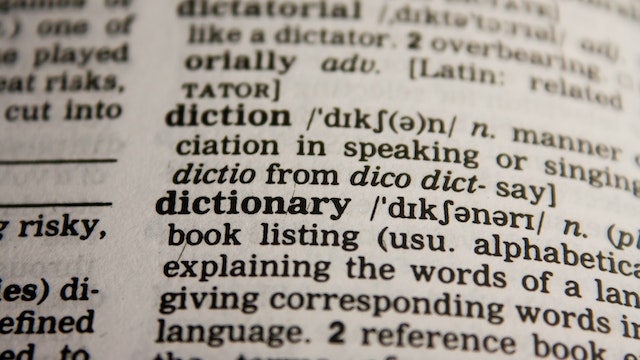



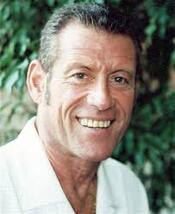





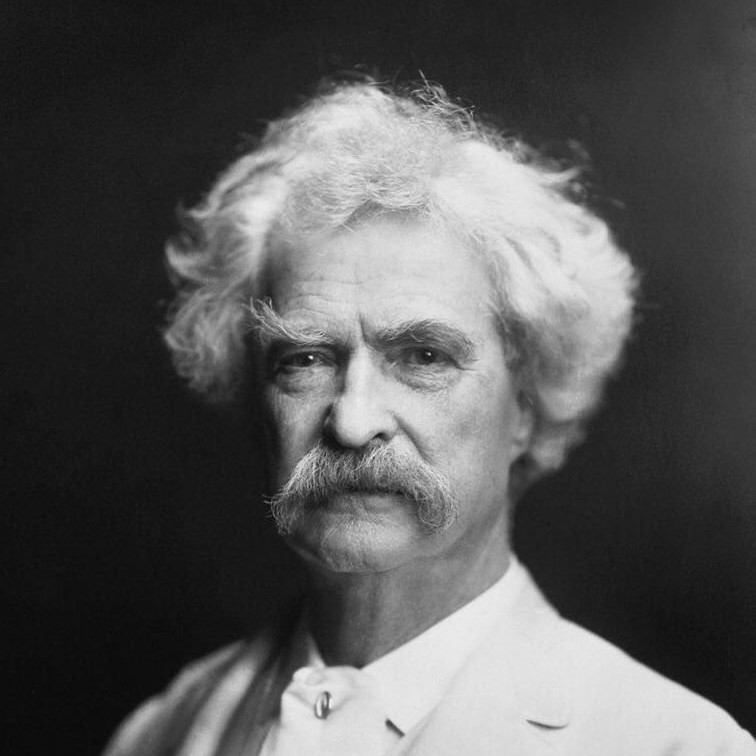



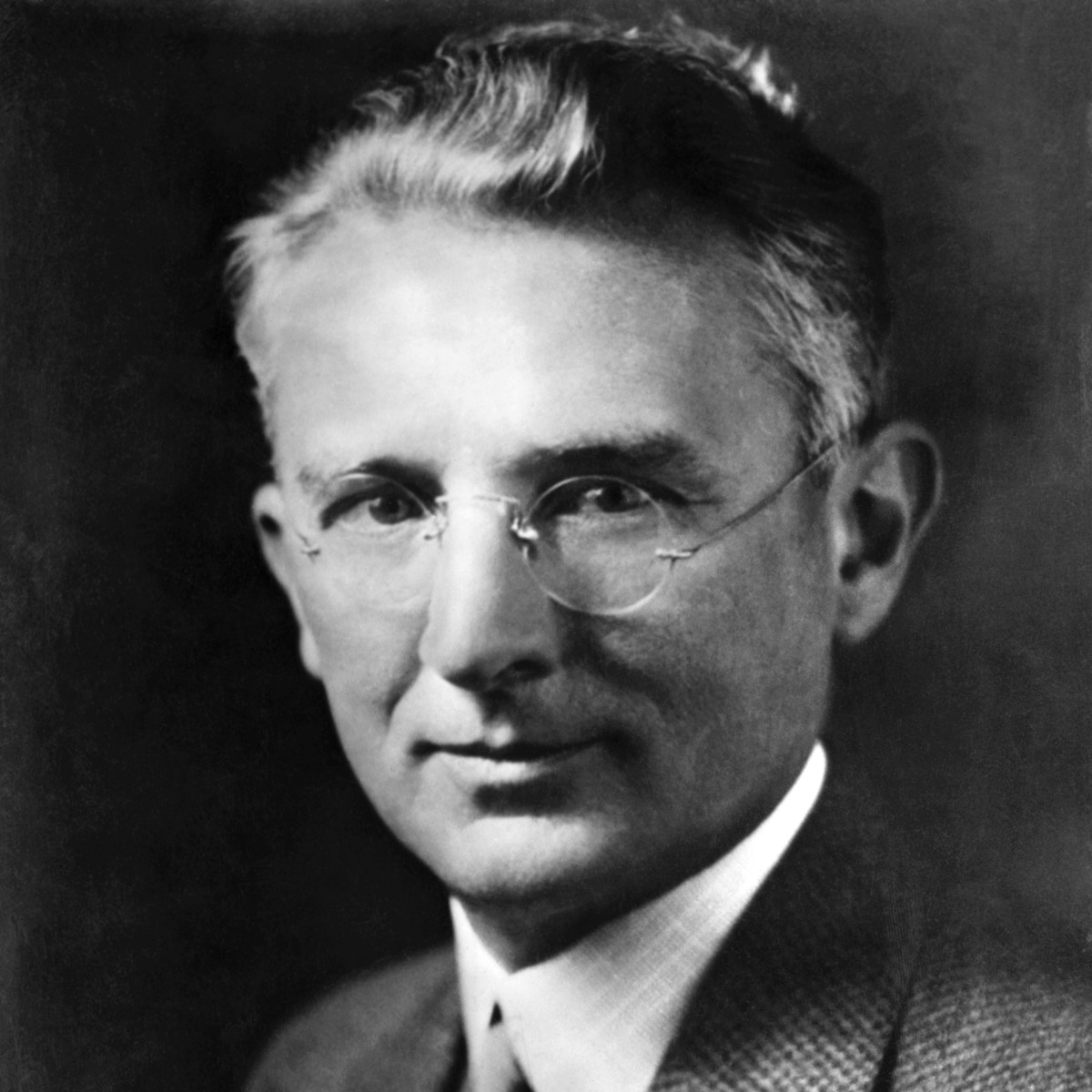








Recent Comments